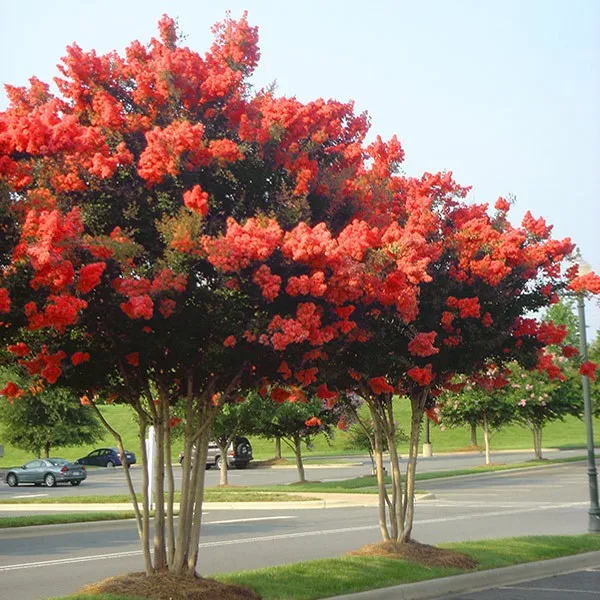Cold days in Gainesville are a perfect time to dream about spring and what improvements you want to make to your landscaping. Have you been considering adding a water feature? Reclaiming natural areas? Replacing existing landscaping with native plants or installing a butterfly garden? Whatever your hopes might be for your landscaping, now is a great time to get started planning. To help make that easier, here are six tips to get you started planning a landscaping project
1. Prioritize
A landscaping project can escalate quickly in cost but a smaller budget can go a long way if you focus your dollars in the right way. We recommend prioritizing your project to make the most of your budget and create an impact. For example, focus on the front yard this year and save the backyard for another time,or install a Gainesville paver patio with room to grow and add a fire pit later. Phasing a project helps to break it out into manageable and budget-friendly pieces.
2. Consider Maintenance
A traditional English garden is a beauty to behold but this beauty also comes with a price. That price is most pronounced when you consider the time it takes to maintain. If you plan to maintain the landscaping yourself, make sure to consider the ease (or difficulty) of maintaining the design. You may still want to go with that traditional English garden, but you may also decide to scale back if you decide you don’t want to spend that much time on landscape maintenance.
3. Accent your Home
When choosing plants and flowers for your landscaping be sure to consider what will compliment your home. Choose colors and textures that enhance the colors of your home and showcase the design features in the architecture. For a traditional-style home, (a classic style and white picket fence) adding evergreen foundation plantings and a few planters on the front porch is a simple way to add landscape impact. If you home has a more modern or contemporary feel you may want to consider adding in a few century plants, or soap aloe to accent the home’s design.
4. Choose the right plants, in the right place
One of the landscaping mistakes that I see far too often is installing plants that are not suited to our climate, or installing plants in the wrong area. If there are tropical plants that you love, research to make sure they are suited to our chilly winters. Often times there is a similar look and style that can be found that is better suited to our climate. Also, consider your yard when selecting plants and make sure to install plants in the correct area. Planting a sun-loving Daylily in the shadiest part of your yard could yield so very disappointing results!
5. Know your Limits
Landscaping is hard work! As you plan the size and scope of your project consider how much of your project is best to DIY or if you want to bring in some help to get the job completed. Filling in a small landscaping bed with some extra plants and some fresh mulch could be a great weekend project. But laying sod throughout the front yard is something that could take dozens of hours and require specialized tools and equipment to get the right results. Make sure you know what you are getting into before you start and plan accordingly.
6. Consult a Professional
The best way to get your landscaping off to the right start is to speak with a landscape designer who is well-versed in the unique needs of Gainesville yards. The Master’s Lawn Care offers complimentary landscaping consultations for just this reason. We can help bring your landscaping dreams to life and ensure that the right plants go in the right places, underground utilities are located, and ensure that your Gainesville irrigation is providing correct coverage for your new plantings. We can even provide fertilization and lawn pest and disease treatments to maintain the healthy, beautiful landscaping of your dreams. We’d love to meet with you for a free consultation!



























